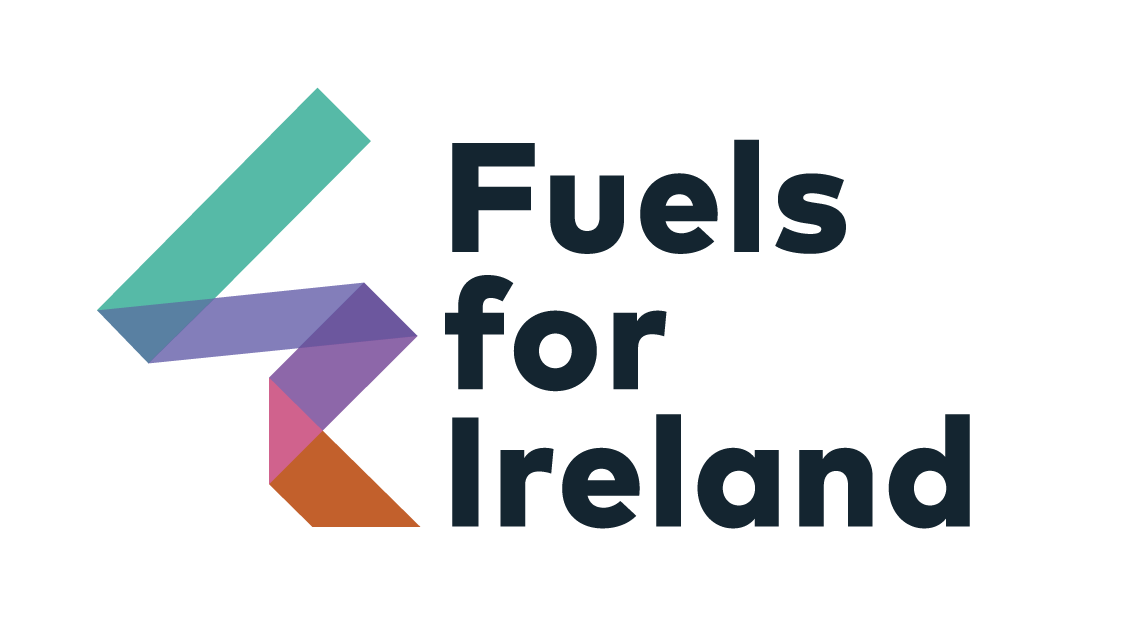Pump Prices
What determines pump prices?
Set out below are the main components that add together to make up the price of petrol at the pump. These include the price of product, which is determined in the international marketplace and the several taxes imposed by the Irish Government.
As oil is traded exclusively in US Dollars, the strength/weakness of that currency against the euro also impacts on pump prices. Particular national disasters may have short term consequences but of far greater lasting impact is the continuing increase in demand from China and other rapidly emerging economies.
The short video clip from the European industry association Fuels Europe sets out the main points in the chain linking prices of crude to pump prices. Irish consumers benefit from having an intensely competitive retail market.
1. Taxation In the Republic of Ireland, tax is by far the single largest component of the pump price. This has risen very considerably in recent years. The most recent Budget (announced in the Dáil on 9 October 2018) left taxes on petrol and diesel unchanged. The components are: o excise: per litre, 54.18 cents for petrol and 42.57 cents for diesel; o NORA levy: per litre, funds the National Oil Reserves Agency (NORA), 2.00 cent per litre for both diesel and petrol; o Carbon tax: per litre, 5.99 cents for petrol and 6.92 cents for diesel; o Biofuel obligation: the State obliges oil companies to ensure that 12.3596% of their volume of all motor fuels is from renewable sources such as ethanol or biodiesel. Oil companies meet this obligation in a variety of ways and the blending mix for each product may differ between different companies. The net effect of this bio obligation currently is to add about 8.14 cents to both a litre of petrol and a litre of diesel – (to both of which VAT is added at 23%); o Better Energy Levy: 0.12 cents per litre. o VAT: 23% on all of the above. The amount of VAT therefore rises and falls with the cost of product.


